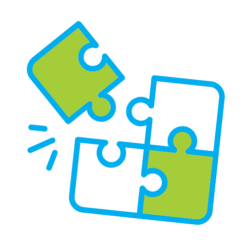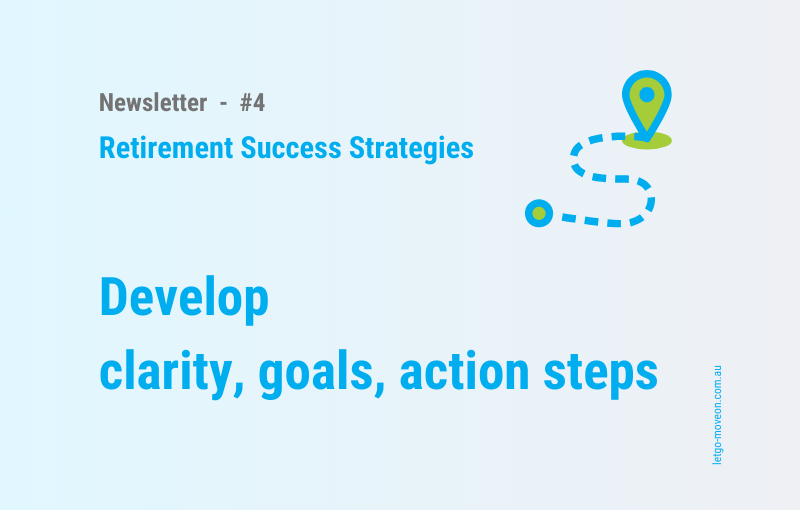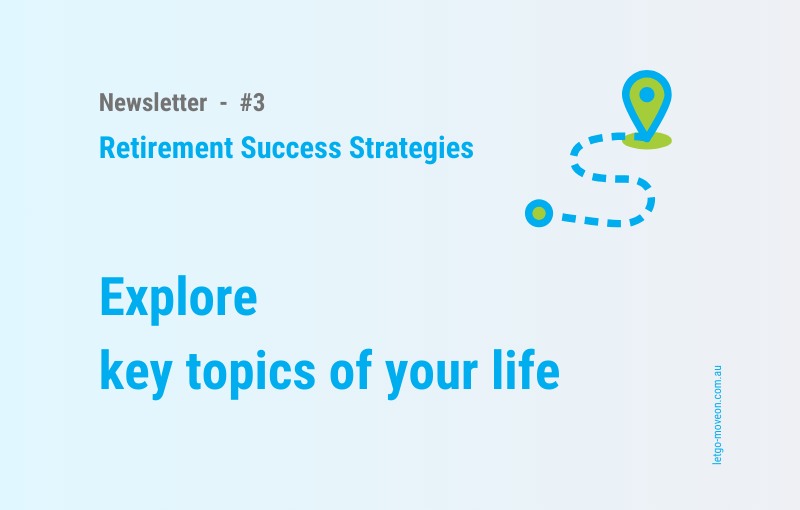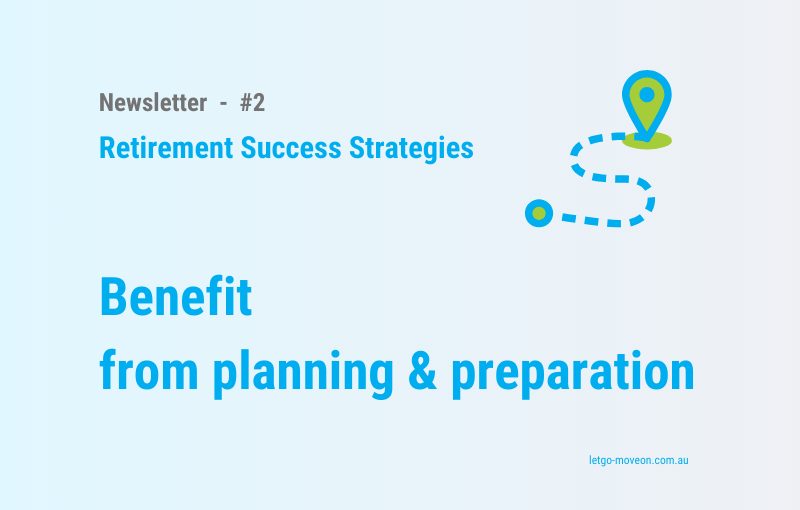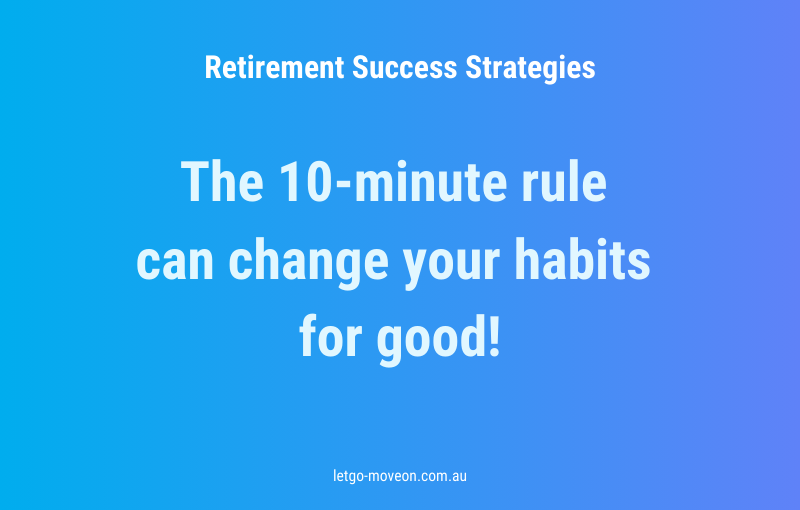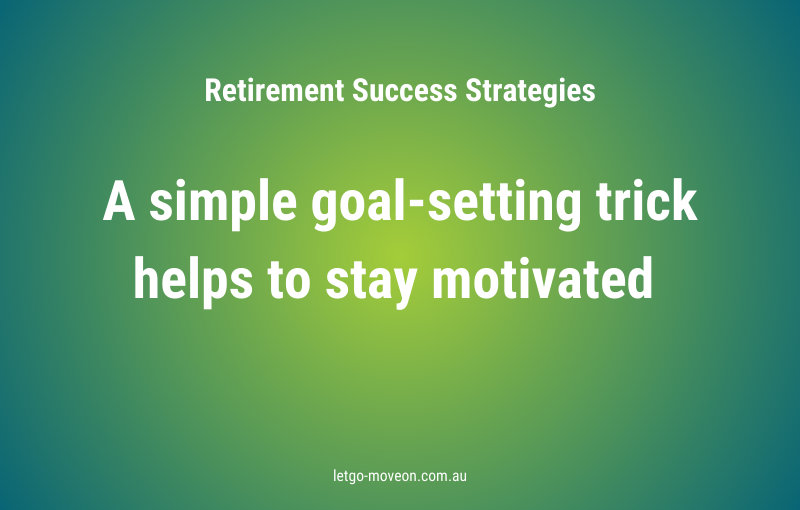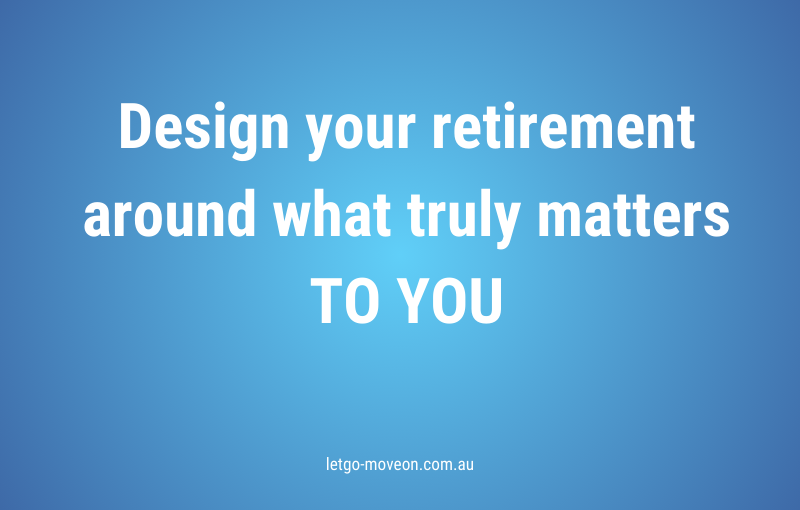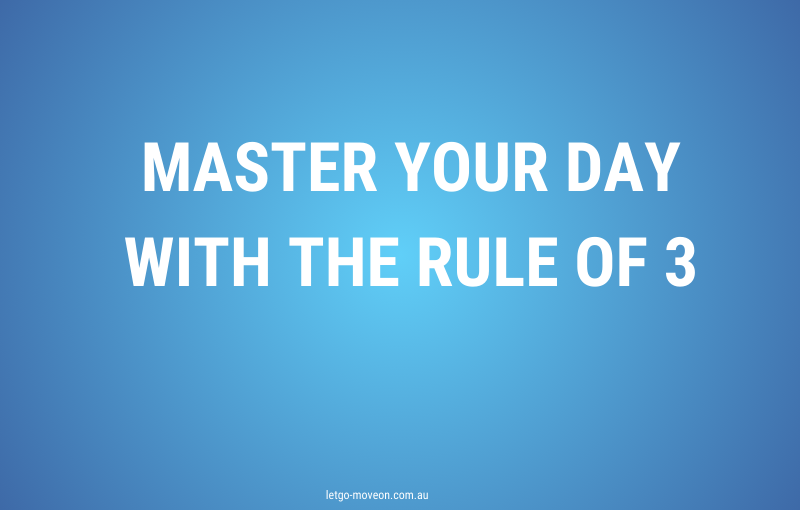The ADA Framework is a straightforward and handy tool that we can use to solve any problem, make any changes, and design and realise any project.
Whenever we feel confused or stuck, we can ask:
How can I gain more awareness/clarity – and use it to make decisions and take action? And create the results I want?
In this article, following the steps A/Awareness, D/Decision, and A/Action will help you create a personal strategy for a successful transition into retirement.
#1 – AWARENESS – Build a clear understanding of your starting point.
-
- Identify challenges and concerns:
- What specific fears or concerns do you have about retirement?
- What limiting beliefs might be holding you back?
- Explore desired outcomes:
- Who do you want to be, and how do you want to show up?
- How do you want to fill and structure your daily life?
- Self-assessment questions:
- What personal strengths, skills, and passions could help you shape your retirement?
- What values are most important in this phase of your life?
- Identify challenges and concerns:
PRACTICAL TIP – Create three lists: One for current challenges, one for desired outcomes, and another for your personal resources. Use these as a foundation for your retirement strategy.
#2 – DECISION – Set priorities and choose goals.
-
- Define success:
- How do you want to define a “successful” and fulfilling retirement?
- What goals would make this new phase meaningful and rewarding?
- Describe the desired outcome:
- Write a short statement describing your ideal retirement experience. For example: “I want a retirement filled with learning, travel, meaningful contributions through mentoring, and quality time with loved ones.”
- Set priorities and specific goals:
- Which areas of life need the most attention, and how will you ensure they become your priorities?
- What specific goals would you like to achieve within the first year of retirement?
- Define success:
PRACTICAL TIP – Use a vision board, mind map, or simple bullet points to outline your retirement plans, your priorities and your core goals. This will serve as a guiding document as you move forward.
#3 – ACION – Take first action steps, evaluate and adapt.
-
- Create an action plan:
- List 3-5 key actions you can take in the next three months to begin exploring and building the retirement life you want.
- Identify specific milestones and deadlines that will help you stay on track.
- Build a support system:
- Who can help you achieve your retirement goals?
- What networks or communities could you join for social and professional engagement?
- Evaluate and adjust:
- Schedule regular check-ins (monthly or quarterly) to review your progress and adjust your action plan.
- Reflect on what’s working and what needs to change.
- Create an action plan:
PRACTICAL TIP – Use a tracking tool, planner, or journal to monitor your goals, progress, and lessons learned. Reward yourself when you hit key milestones.
IMPORTANT PRACTICAL TIP
Designing our retirement life is a huge task – and we don’t need (and can’t) do it in one go!
As soon as you start to feel overwhelmed or frustrated, it’s time to lean back and intentionally choose what to FOCUS on right now:
-
- Choose ONE task or life area you want to work on.
- Set SPECIFIC goals (the smaller, the better).
- Set SHORT-TERM timeframes.
The following case study is supposed to demonstrate the importance of focus and the effectiveness of the ADA Framework:
CASE STUDY
Summary of the three steps of the ADA framework:
Step 1 – Awareness
Identify current challenges, limiting beliefs, and desired outcomes to build a clear understanding of your starting point.
Step 2 – Decision
Make decisions about what you want your life to look like and describe it in a vision statement. Set priorities and choose goals.
Step 3 – Action
Take intentional action steps toward your goals, seek support, and stay adaptable and flexible when circumstances or goals change.
If you have any questions about the ADA Framework, please get in touch (margot@letgo-moveon.com.au).
